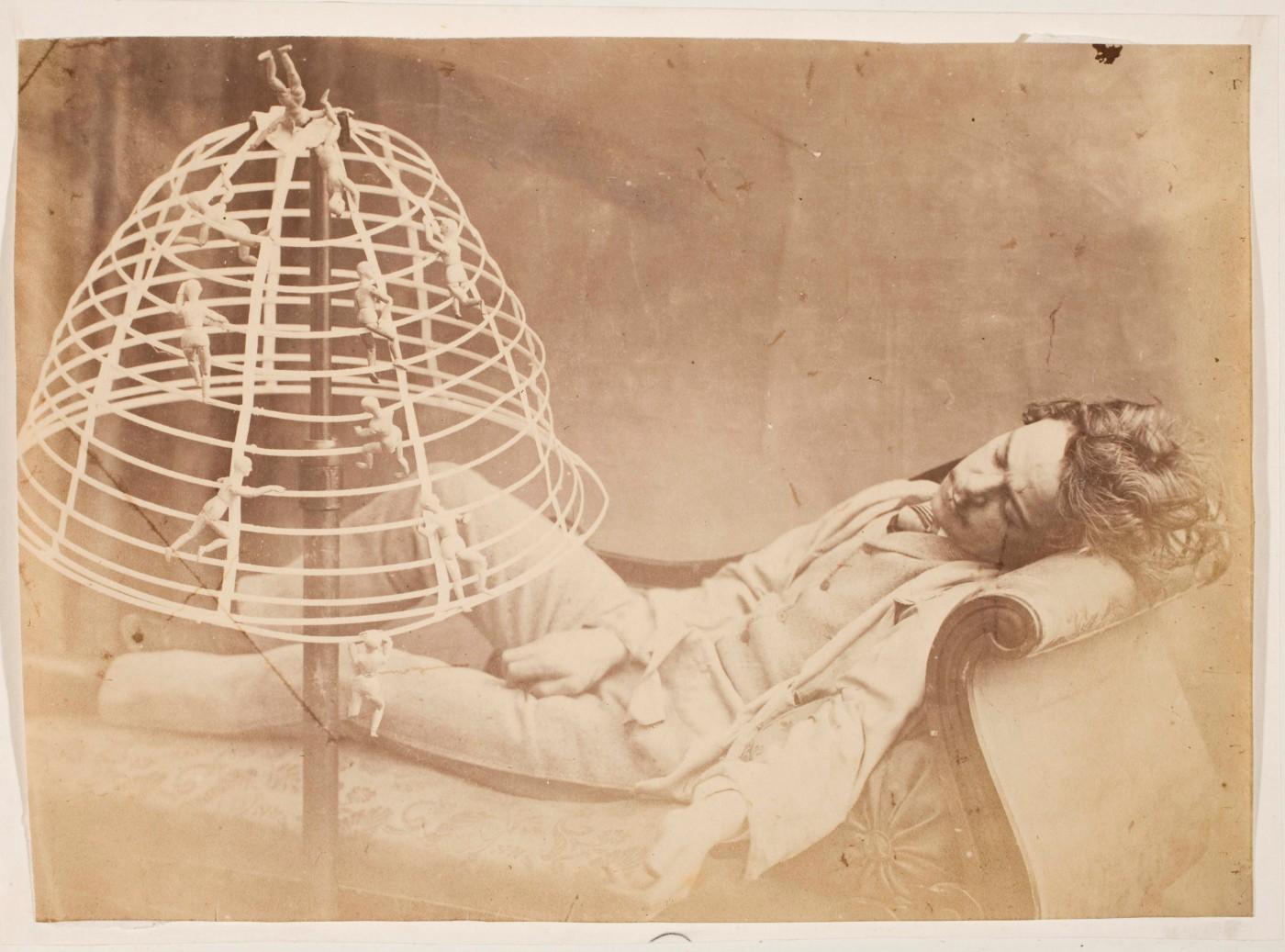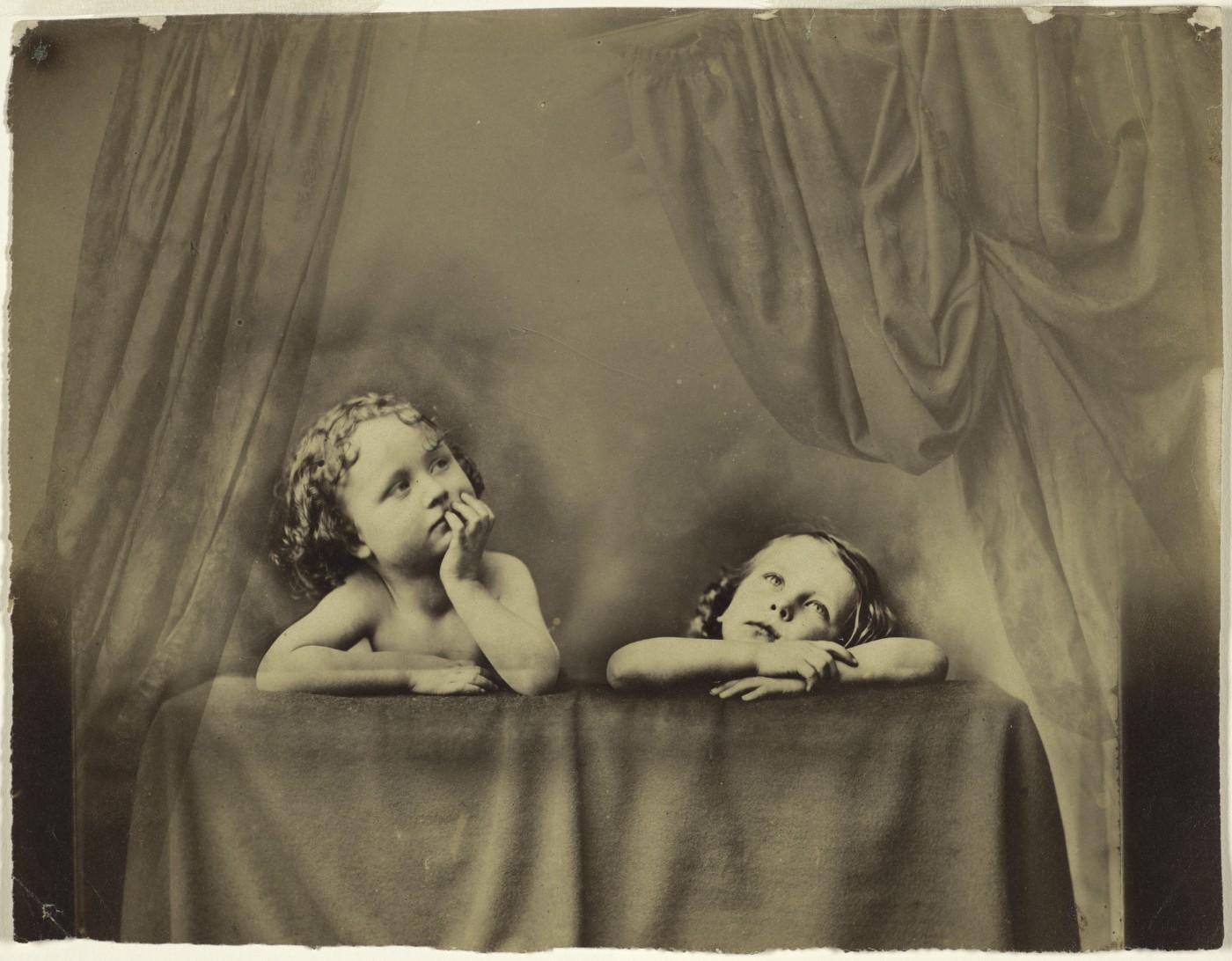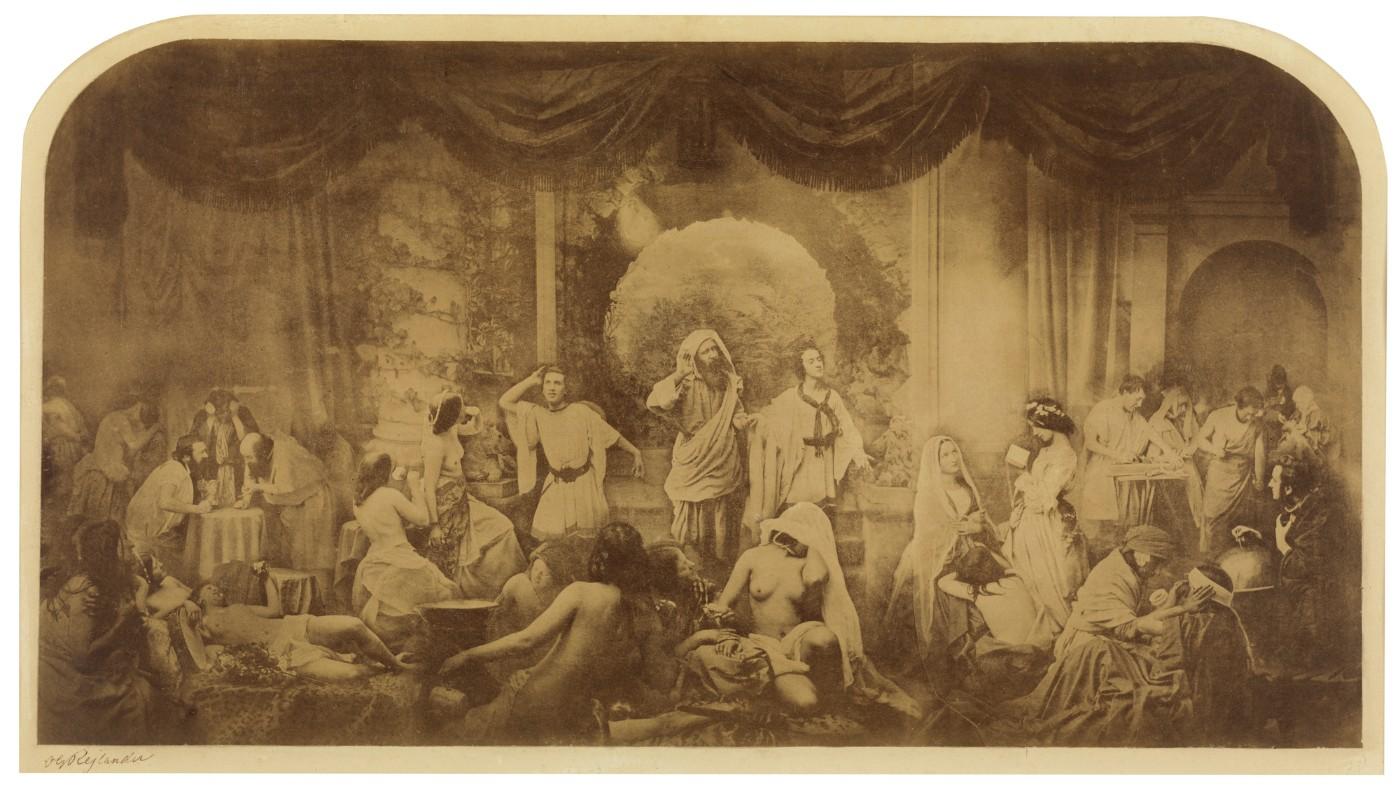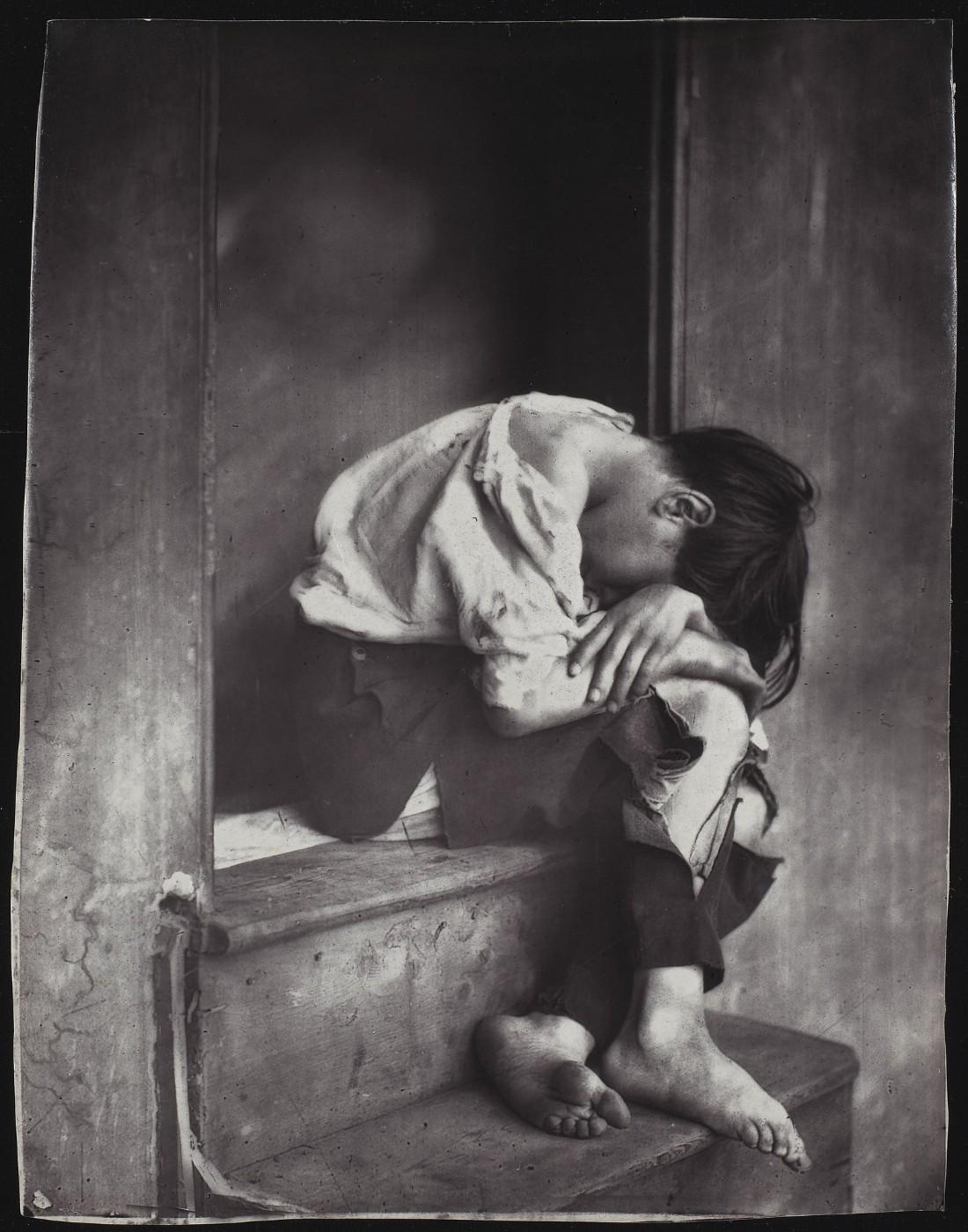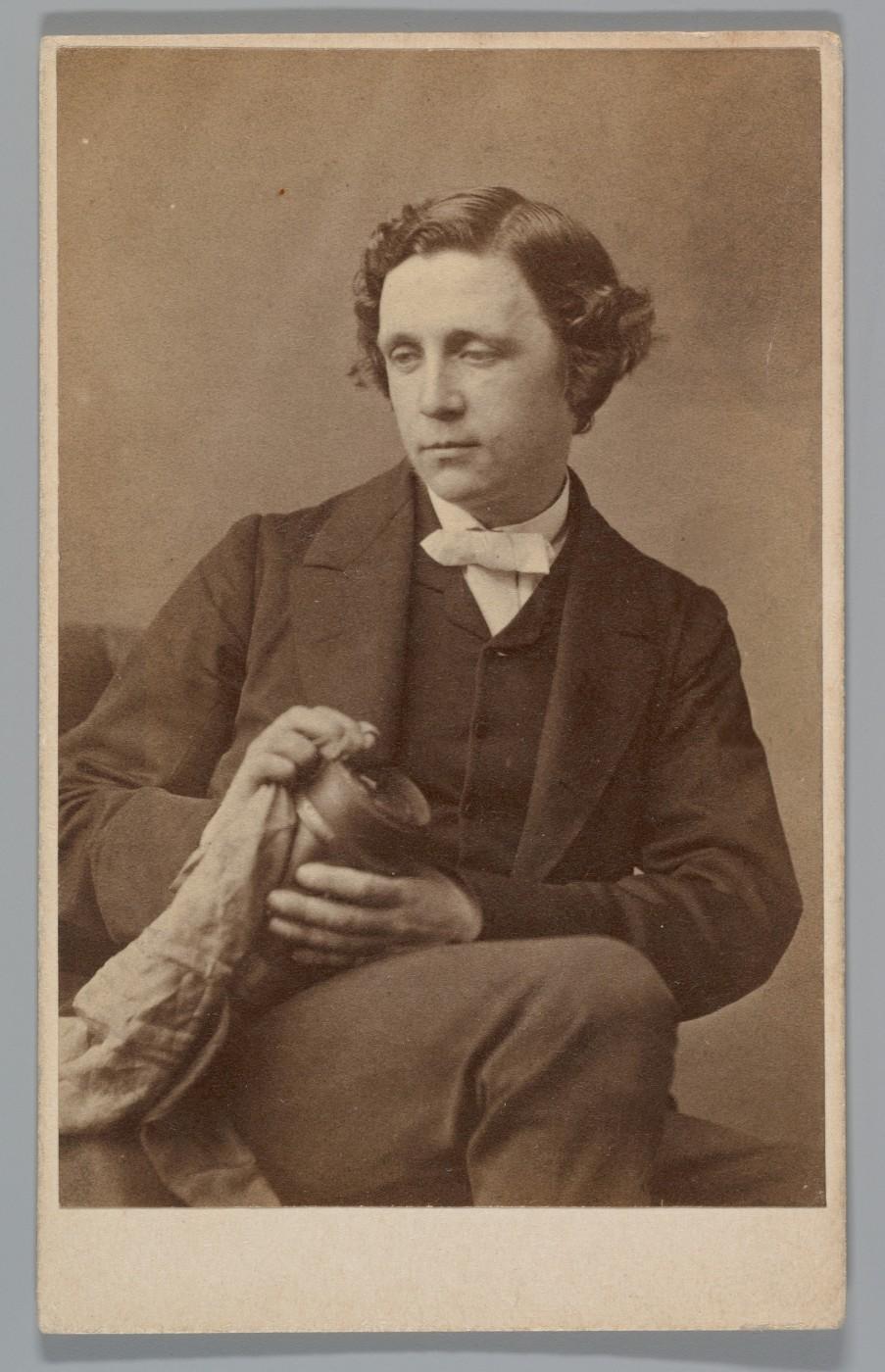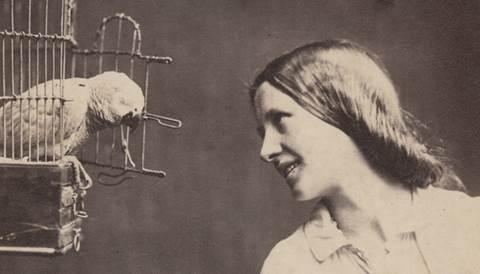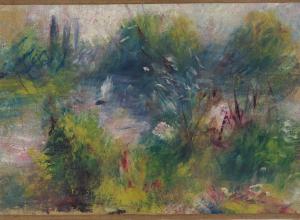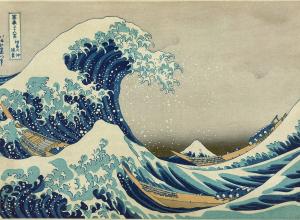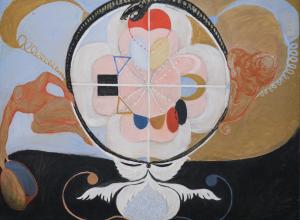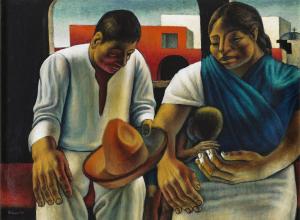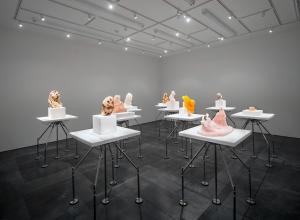A broad personality with a showman’s penchant for storytelling and a huckster’s casual relationship with the truth, Rejlander left his native Sweden in 1839 and came to England to paint. His early endeavors evidence a trained hand and a keen eye for character, but little is known about his background beyond his own account. Now, some new facts have been brought to light by the show's curator, Lori Pauli of The National Gallery of Canada, who worked with Getty curator Karen Hellman.
“She did a lot of research on his early biography when he first moved to England. She found a lot of biographical information, where he was living. That’s how we know that he was at these charity events and various things. We didn’t know where he was before 1852, prior to Lori’s research,” Hellman tells Art & Object about Rejlander’s spotty past. Famous in his time, he nevertheless remains obscure to many photography lovers.




